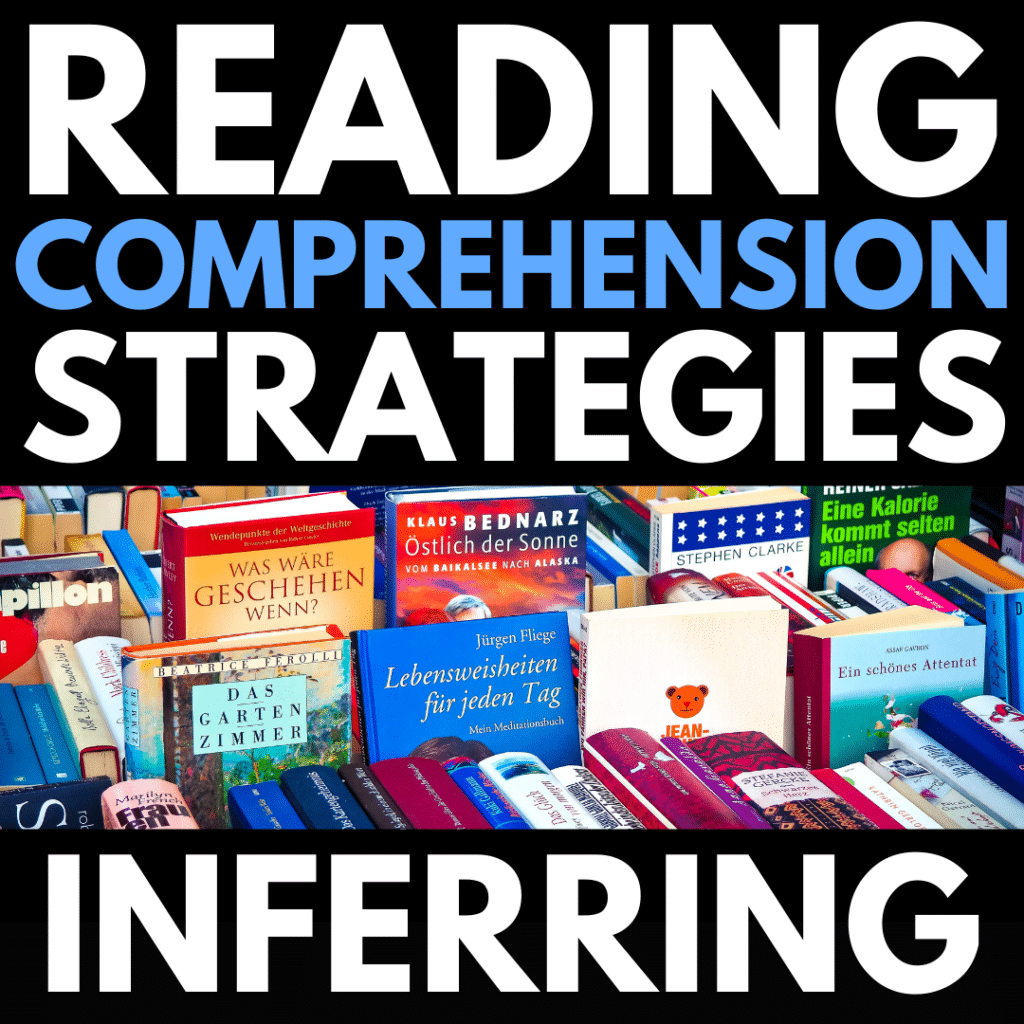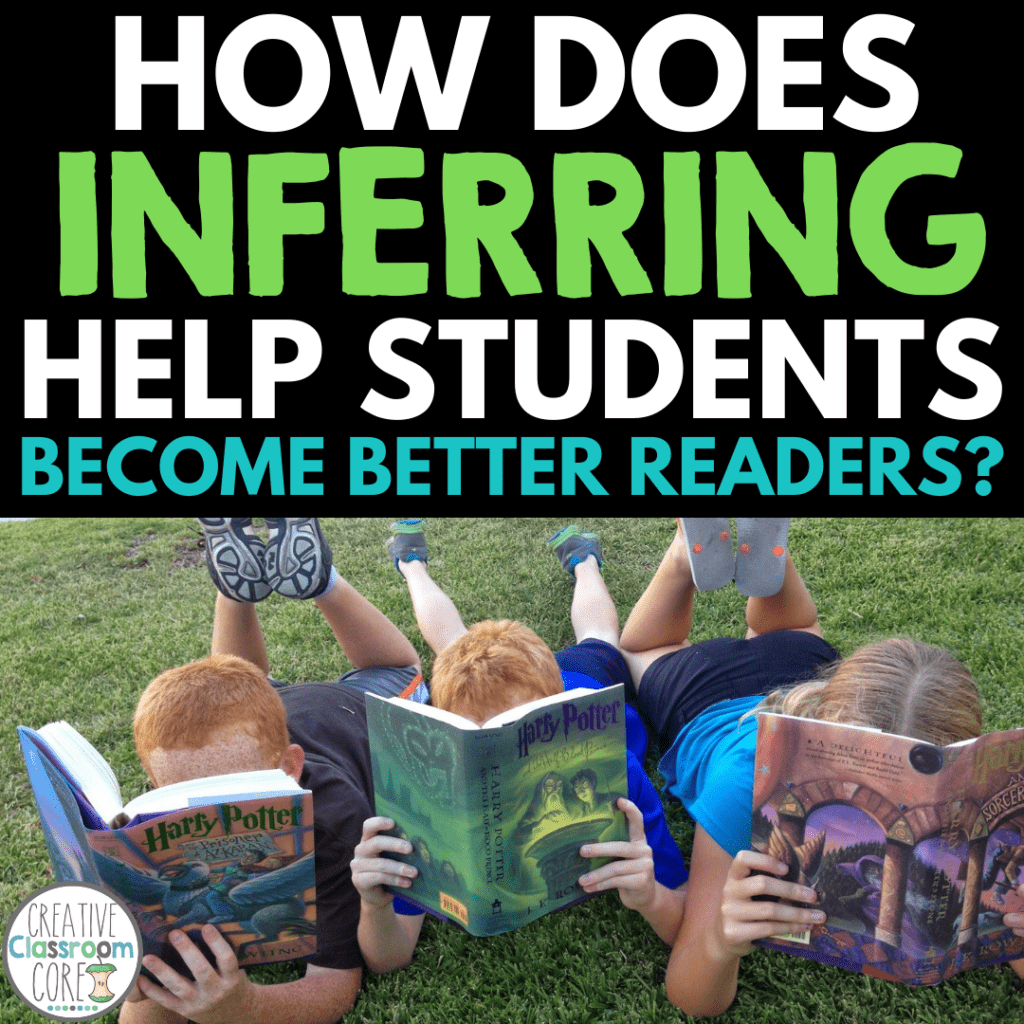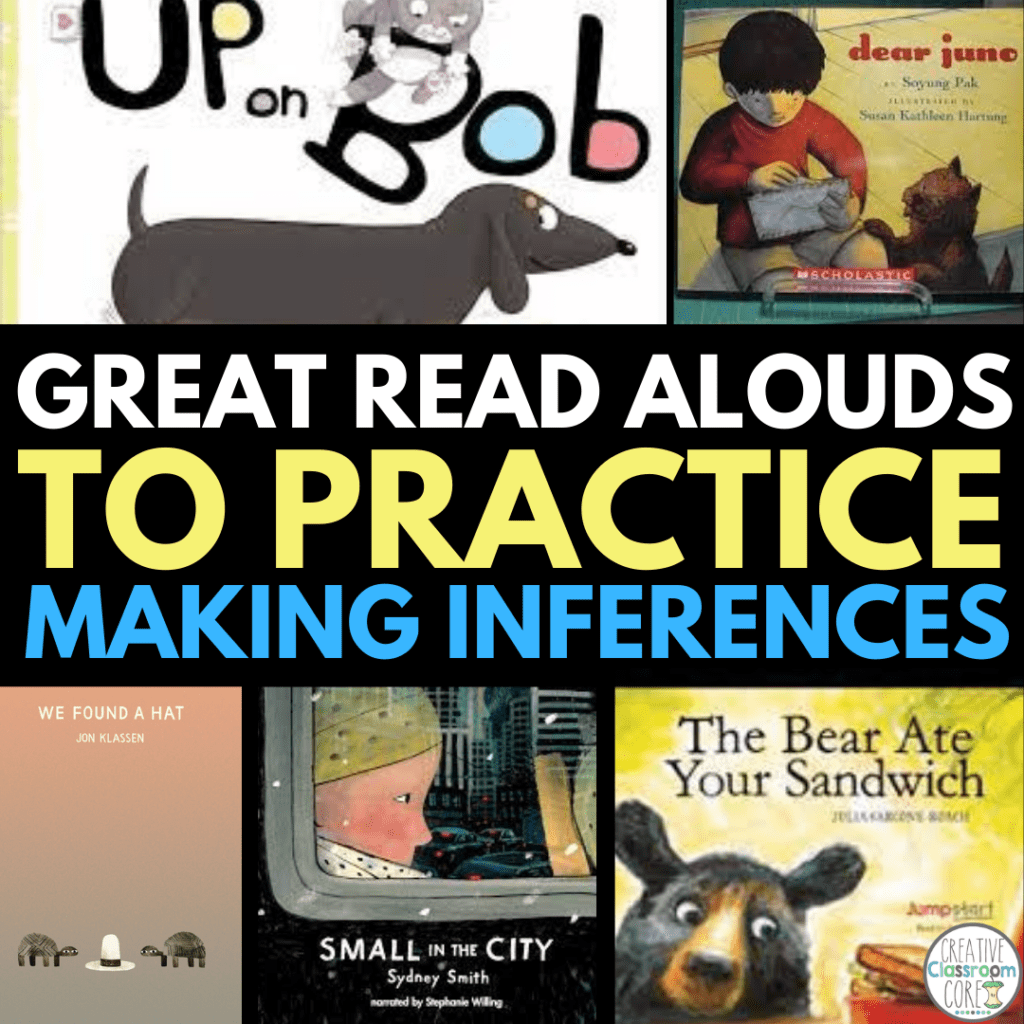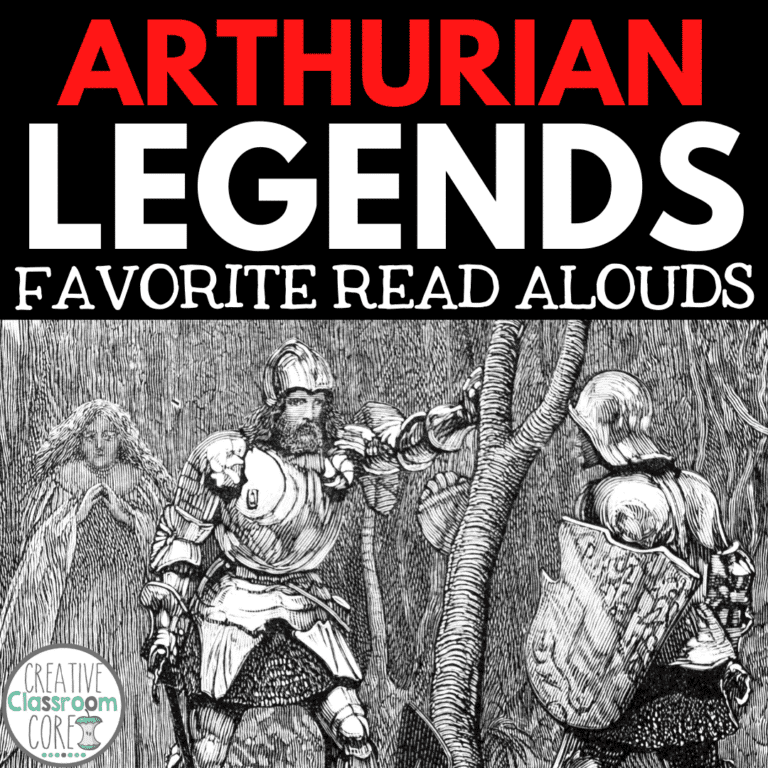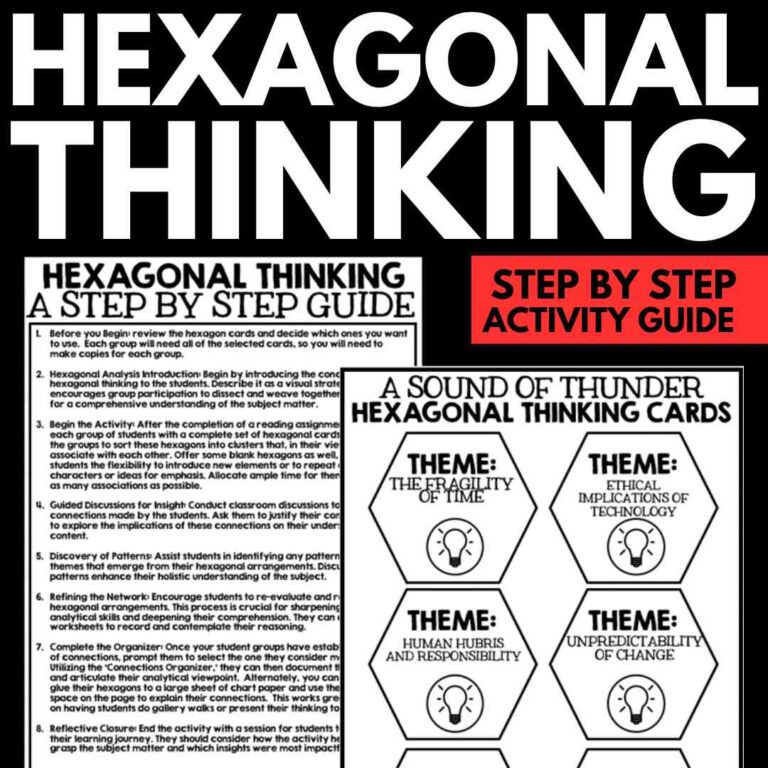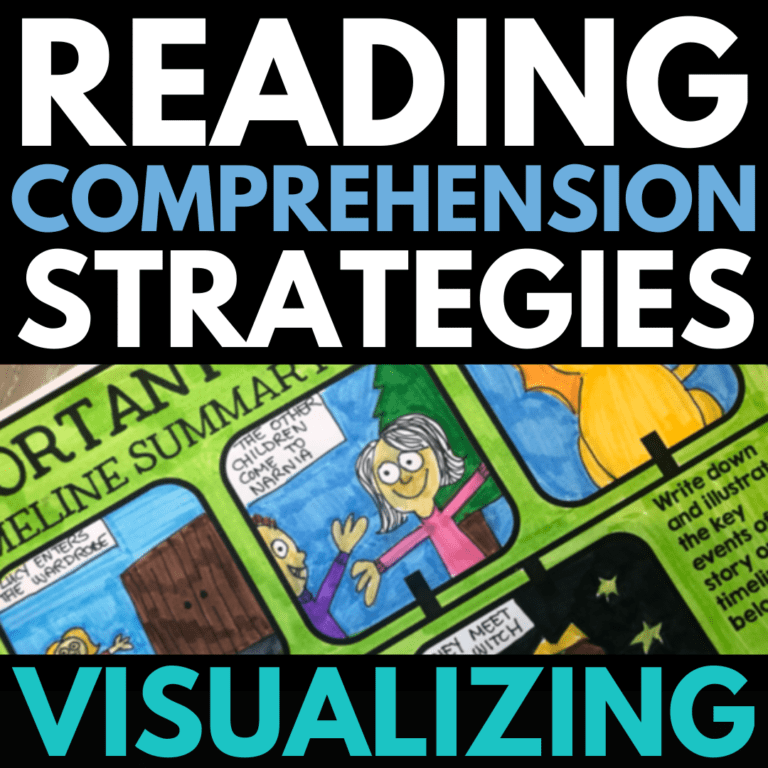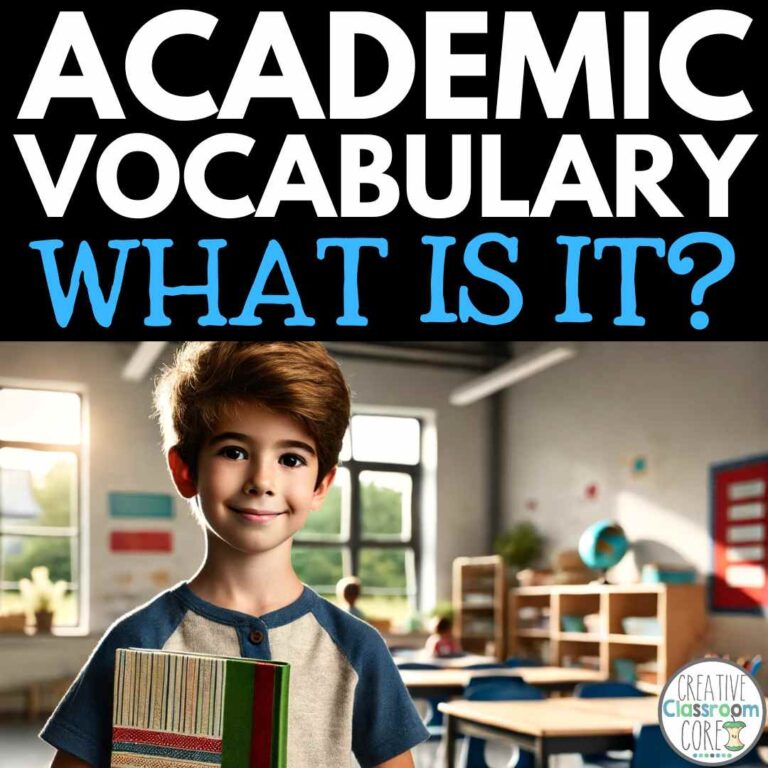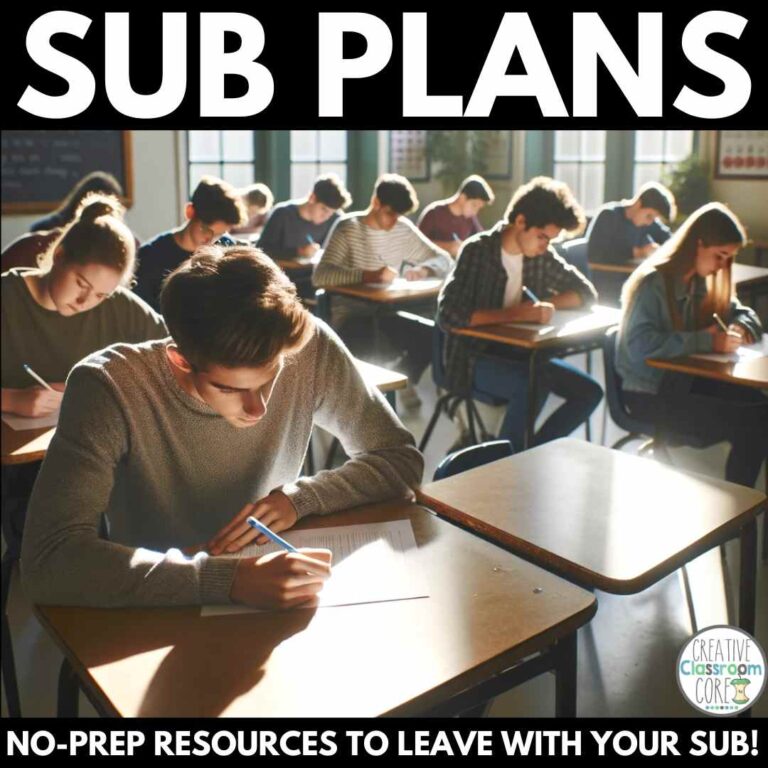Inferring to improve reading comprehension
By MARISSA DESPINS Updated March 15, 2024
Inferring is a super fundamental reading comprehension strategy. It is important because it helps students comprehend text at higher levels. While reading, students learn to pull key information from text. Next, they combine it with their own knowledge and experience. Finally, they form conclusions to help them fully understand what the text is about. To help students become strong readers, our ELA curriculum must explicitly teach students how to use these skills effectively and intuitively.
In my previous posts in my series on Reading Comprehension Strategies, I discussed visualizing, predicting, and questioning. Today’s post is all about inferring, with tips and tricks to help your students use this complex strategy to improve their reading comprehension.
Grab some FREE Resources to help students practice this important strategy by clicking on the image or button below!
What is the inferring strategy?
When readers make inferences they are essentially making educated guesses based on available information. A lot of the time readers are not given adequate information. Instead, they must “read between the lines” to uncover the true meaning of the text. Good readers must use their own prior knowledge and personal experiences to supplement the information given in the text in order to make the most accurate guesses that they can. These guesses are called inferences.
How can the inferring strategy help students to become better readers?
Like all reading comprehension strategies, inferring is a skill that needs to be explicitly taught in order for students to use it effectively.
Sometimes, authors do not provide readers with enough explicit information to draw conclusions. For example, an author might not mention that a character is not very nice. However, if the author were to mention that the character pushed in front of someone at the candy counter, or refused to help an old woman cross the street, a reader could use their background knowledge and experiences to infer that the character is probably not a very nice guy. As a result, students are able to understand text at more complex levels.
For a fun activity to practice the inferring strategy, check out our post on A Bad Day at Riverbend.
Great read alouds to practice inferring strategies
I strongly believe that picture books are some of the best ways to teach reading comprehension strategies. And, truth be told, middle school students enjoy them just as much as elementary kiddos, so don’t be afraid of pulling them out with your older kids too!
Below is a list of some of my very favorite picture books to practice inferring strategies.
The Bear Ate Your Sandwich by Julia Sarcone-Roach
Small in the City by Sydney Smith
They All Saw a Cat by Brendan Wenzel
A Hungry Lion or a Dwindling Assortment of Animals by Lucy Ruth Cummins (to see a previous blog post featuring an inferring lesson using this story, click here!)
Looking for resources to practice Inferring Strategies?
Check out these reading comprehension posters in my TPT shop by clicking here or on the image below.
These posters are some of my favorite ways to explicitly practice these important strategies. I really like that they focus on one strategy at a time. Also, I love that they can be used with any text.
Interested in some FREE resources to practice Reading Comprehension?
Grab this full set of Reading Comprehension Practice Pages for FREE by clicking on the image below!
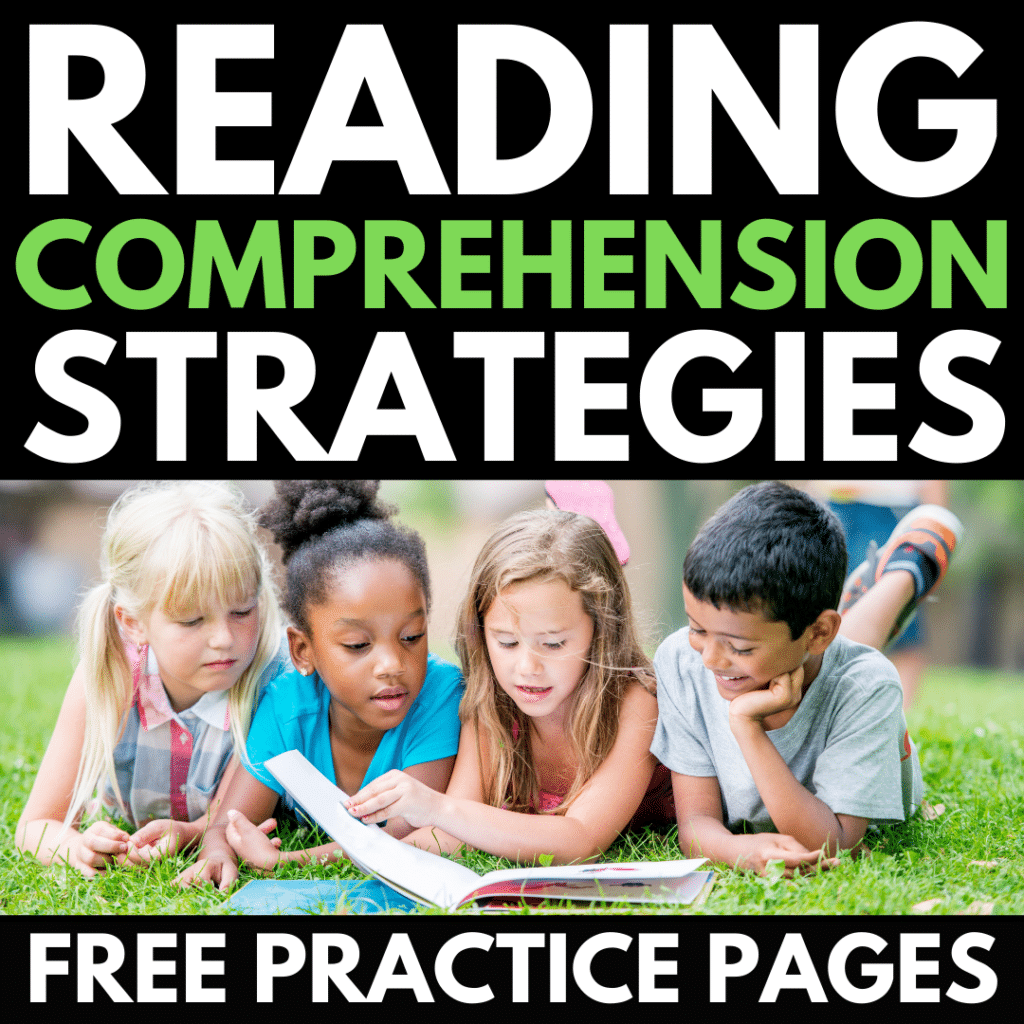
Interested in reading more about reading comprehension strategies?
Check out some of my previous posts below.
Building Reading Comprehension Strategies
Visualization Strategies for Reading Comprehension
Text Mapping to aid Reading Comprehension
Interested in signing up for my email list?
If you are interested in signing up for my email list, you can do so by clicking on the link below. I periodically send out emails with free resources, teaching tips, and exclusive deals. Also, signing up will give you immediate access to some of my best selling Interactive Notebook resources – foldable activities, graphic organizers, and other fun activities.
